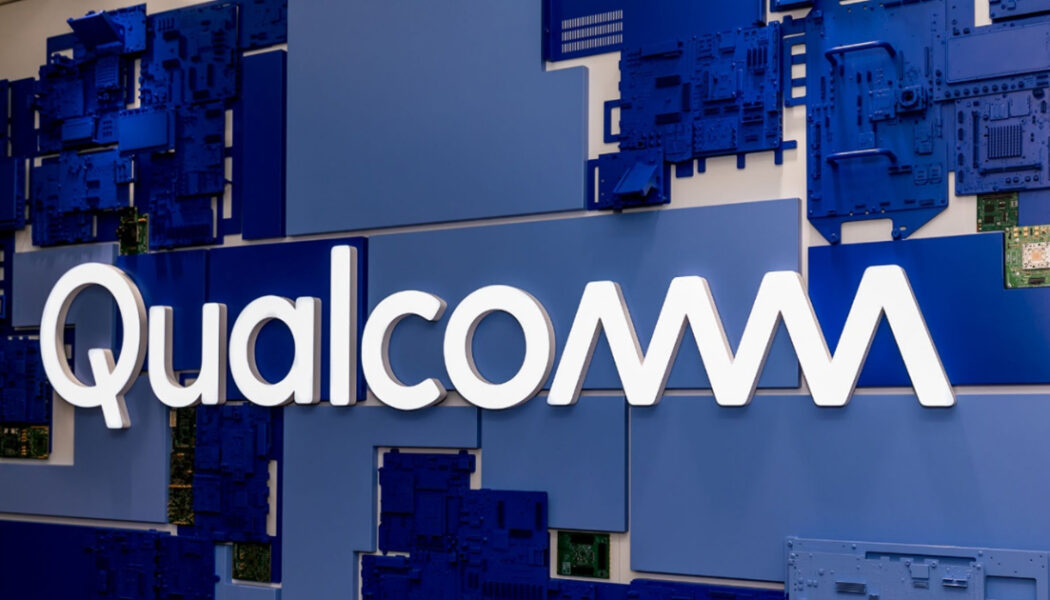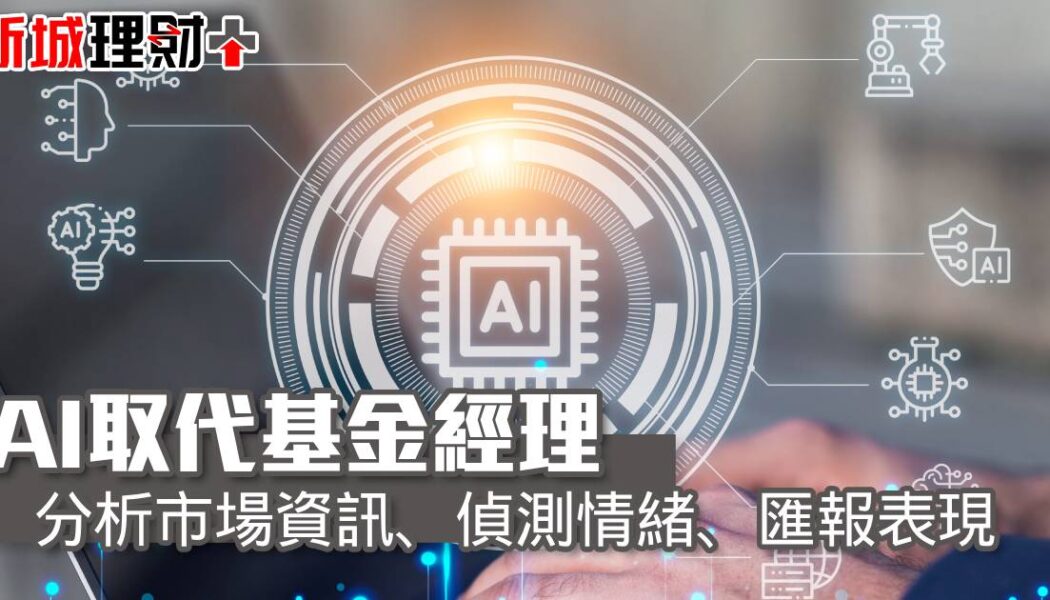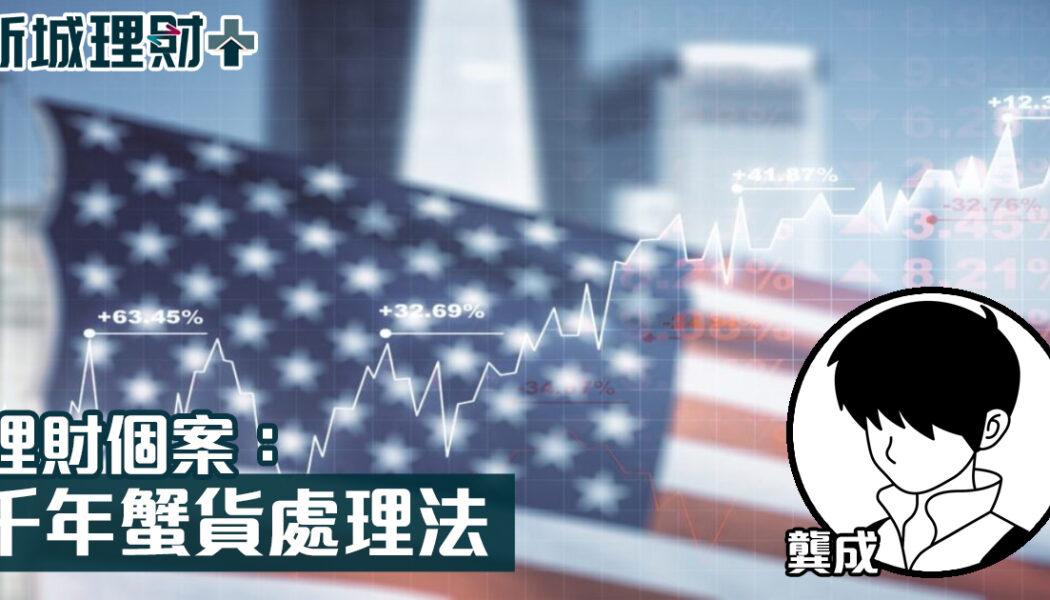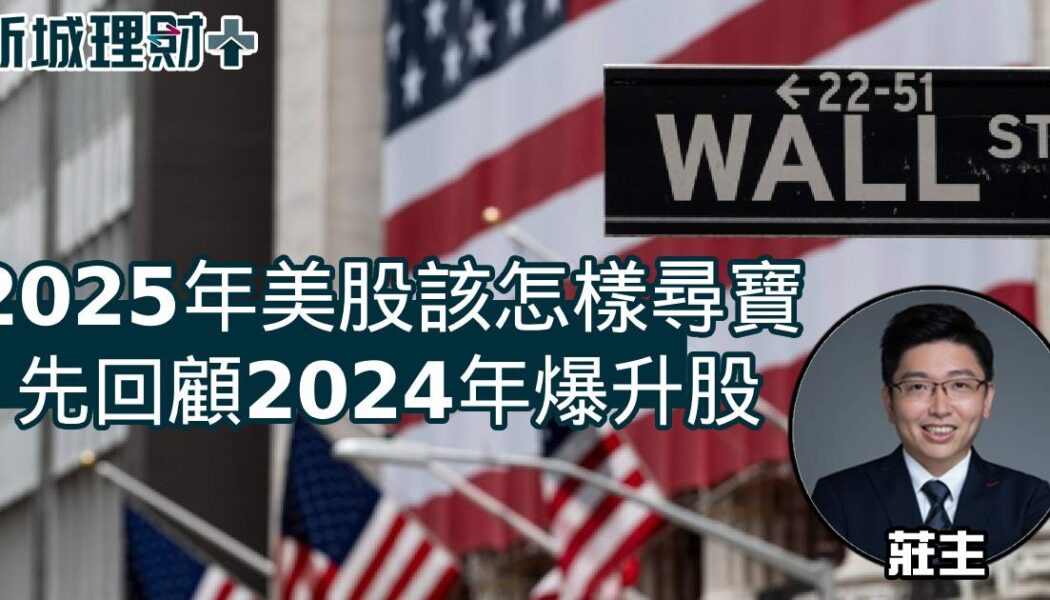在短短兩周內,OpenAI 宣佈一連串震撼市場的人工智能基礎設施巨額交易,重新塑造人工智能產業的增長前景。執行長 Sam Altman 實現了上月所言「OpenAI 將在不遠的將來斥資數兆美元建造數據中心」的承諾,與博通合作設計並自行生產 GPU,與甲骨文簽訂高達 3,000 億美元的人工智能雲端合約,並獲得英偉達投資與合作,共同打造可能名為 StarGate 的 10GW 人工智能數據中心。
在初期熱潮過後,有人開始質疑該公司是否能執行這一震撼計劃,因為這需要籌集數千億美元,建立多個 GW 級人工智能數據中心,確保足夠的電力支持,並且找到足夠的需求與銷售來支撐和支付這龐大的資本支出。Sam Altman 及其合作夥伴,包括甲骨文創辦人 Larry Ellison、軟銀創辦人孫正義,以及英偉達執行長兼共同創辦人黃仁勳,似乎都對在幾年內完成此計劃充滿信心。
長期大型業務計劃從不簡單,往往伴隨極高的執行風險,但所有企業領袖與創新者都必須制定此類計劃,以達成目標並引領企業及產業邁向下一個層級。在某個時點,憑藉洞察與專業,執行長必須制定大膽目標,激勵公司及員工共同努力。如同 Steve Jobs 將蘋果從電腦公司轉型為智慧手機先鋒,或 Elon Musk 將特斯拉從虧損企業變成全球電動車領導者。
OpenAI 既有巨額資金需求,亦有卓越吸金能力
對於創業公司如特斯拉與 OpenAI,與蘋果的最大差異在於缺乏正現金流,因而需要大筆資金支持快速擴張。OpenAI 的資本支出與募資需求天文數字,但其卓越的吸引力能讓私募管理人、主權基金、銀行、家族辦公室及頂尖科技公司如英偉達等,紛紛承諾投資數千億美元。在這輪私募基金募資中,估值似乎達到 5,000 億美元,可能是私募歷史上最大規模。未來 12 至 18 個月內,OpenAI 有機會成為美國首家市值達 1 兆美元的首次公開募股(IPO),助其籌集數以千億美元資金。
一旦最困難的部分(資金)解決,其他工作便相對容易。勞動力方面,雖面臨 Facebook、谷歌、微軟等 AI 領導者的激烈競爭,但 ChatGPT 的魅力有助其吸引人才。而有吸引力的股票期權計劃亦將在即將到來的 IPO 前大大助益。最後,土地和電力供應雖具挑戰,但來自強大需求與雄厚資金的支持將幫助它迅速取得電力。技術進步如微軟本月宣佈的熱管理改進,可望大幅降低未來電力消耗。另一方面,未來幾年小型模組反應爐、氫能等電力技術也有望增加電力供應。
OpenAI 計劃推升華爾街增長預估,或帶動 AI 股票上漲
所有此類長期計劃都帶有大膽目標,且可隨時作調整。若需求增長放緩,仍有調整空間。然而,多數專家同意 AI 革命仍處於早期階段,長期需求展望或許不低於 OpenAI 的預期。若需求如預計甚至更強,做好準備的企業如 OpenAI 將獲最大收益。
這幾週對 OpenAI 及整個 AI 產業具歷史意義,市場正重新評估 AI 產業的增長前景及未來幾年的整體可服務市場(TAM),以及對相關股票的影響。AI 股票目前仍處於高位,但市場或終將意識到 OpenAI 計劃的可行性和 AI 巨大市場潛力,推動 AI 相關股票進一步上揚。12個月,其股價容易達到210美元,相當於2026年每股盈利的35倍。在明年銷售額成長率維持在30%以上的多頭情況下,其本益比可能達到40倍,即240美元。
OpenAI redefines AI future with rapid mega-deals last 2 weeks
In a fortnight, OpenAI announced a slew of mind-blowing mega deals on AI infrastructure to redefine the AI industry growth outlook. CEO Sam Altman delivers on his statement last month that “OpenAI to spend trillions of dollars on data centre construction in the not-so-distant future” by signing up with Broadcom to design and make inhouse GPU, with Oracle on US$300 billion AI cloud contracts, investment & partnership from Nvidia to build a 10GW AI datacentre likely for StarGate.
After initial excitement, some started wondering if the firm can execute this epic plan that requires raising hundreds of billion dollars, building dozens of GW-level AI datacentre, securing enough energy to power them, & importantly finding enough demand & sales to support & pay for this huge capital expenditure. Sam Altman and its partners including Oracle’s founder Larry Ellison, Softbank founder Masayoshi Son, Nvidia CEO & co-founder Jensen Huang seem confident in their capabilities to pull this off in a few years.
Long term big business plans are never easy and usually with very high execution risk but all business leaders and innovators need to make such plan to achieve their goals and lead the business and the industry to elevate to the next level. At some point, as per their insight and expertise, CEOs need to make bold plan and set grand goal for the company and its staffs to work toward that goal. Just like Steve Jobs moved Apple from a computer company to become a pioneer of smart phone, or like Elon Mush turned Tesla from a negative earnings company to be the world’s EV leader.
OpenAI has gigantic capital need and superb capital-raising charm
For startup firms like Tesla and OpenAI, the big difference from Apple is the lack of positive cash flow and hence the need to raise big money to fund its rapid expansion. For the case of OpenAI, its capex bill and capital raising need are astronomical but it also has superb ability to attract investors from PE managers, sovereign funds, banks, family offices, or leading tech firms such as Nvidia to commit investing literally hundreds of billions of dollars. In the current round of PE funding, it seems fetching a US$500 billion valuations, likely the biggest in private equity history. In 12-18 months, OpenAI could become US’s first US$1 trillion IPO to help it raise a couple hundred billion dollars in the future.
Once the hardest part (money) is done, the rest are less difficult. On the labour side, although it faces stiff competition from all AI leaders like Facebook, Google, Microsoft, & others but its ChatGPT charm goes a long way to help attracts talent. Lucrative stock option plans before its imminent IPO is another big help. Lastly – land, including electricity power, could be tricky but strong demand and deep pocket could help it to secure electricity power soon. Tech advancement on lowering power demand such as improving heat management like the one Microsoft announced this month could slash power consumption in the future. On the other hand, electricity technology such as Small Module Reactor, Hydrogen, & others could increase electricity supply in the next few years too.
OpenAI’s plan is lifting growth estimations across Wall Street and could boost AI stocks soon
Finally, all such long-term plans are made with bold objectives but could be adjusted along the way. If demand growth is slower or weaker, there are rooms for adjustment. However, as most experts agree that AI revolution is still in early stage, long-term demand outlook may not be lower than forecast of OpenAI. If it turns out that demand are as strong or stronger, well-prepared players such as OpenAI would be able to reap the most benefit.
These couple weeks are historic for OpenAI and for the entire AI segment and people are now reconsidering their estimations on AI industry growth outlook and the eventual Total Addressable Market (TAM) for the sector in a few years and its implication on related stocks. AI stocks are still lingering at current highs but the market may finally realize the feasibility of OpenAI plan and the huge TAM of AI and boost AI segment stocks to higher levels.
陳俊文(Norman)是一位獨立投資策略師,擁有超過30年專業投資經驗,曾在家族辦公室、銀行、精品基金公司、財富管理公司工作。在其職業生涯中,管理過多種資產,包括全球股票投資組合、多元資產投資組合、基金中的基金和可轉換債券基金。Norman對全球金融市場及多種投資資產具深入了解,包括全球股票、債券(高等級、高收益、混合、可轉換)、衍生性商品(選擇權、認股權證、掉期等)以及各類多頭和多頭產品對沖基金。他經常接受媒體採訪,並曾擔任多家大專院校專業金融課程的客座講師。












